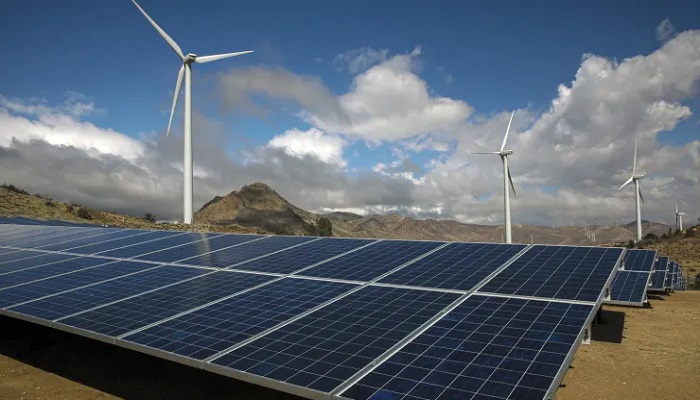Worldwide energy concerning emissions of CO2 rose less than expected in 2022 due to the growth when it comes to clean energy sources such as solar, electric vehicles, heat pumps as well as wind, according to the International Energy Agency.
Global emissions from energy increased by less than 1% in 2022, reaching a new high of more than 36.8 billion tons, as renewables aided in limiting the impact of a worldwide rise in coal and oil consumption, as per an analysis by the IEA. As compared to this, the global emissions from energy rose 6% in 2021.
The analysis from the agency comes as a major disruption in the global energy markets and is witnessed following Russia’s invasion of Ukraine.
The impact when it comes to the energy crisis did not go on to result in the major global emissions increase that was initially feared, says IEA ED Fatih Barol. He adds that this is all due to the outstanding emergence of EVs, renewables, heat pumps, and other efficient energy technologies.
It is a fact that without the growth in clean energy, the surge in emissions in 2022 would have been three times as high, as per the IEA. Still, the agency has gone on to warn that the emissions remain on an unsustainable trajectory of growth and has thereby urged for a more robust plan to move away from fossil fuels.
The international as well as national fossil fuel companies are on the path to making record sales, and they have to take their responsibility share, which is in line with the public pledges they have made in order to meet climate goals, as per Birol. He added that it is indeed critical that strategies get reviewed to make sure that they are in sync with meaningful reductions in emissions.
Notably, natural gas emissions dipped by 1.6% in 2022, as there was already a tight supply because of the Russia-Ukraine war that led to overwhelming trade disruptions. However, a rise of 1.6% in emissions due to coal complements the natural gas decline.
Besides this, oil emissions rose by 2.5%, with about half of the increase coming from the air transport sector as travel consistently rebounded from the pandemic. The report also found that EV sales continued to see an upsurge last year, with more than 10 million four-wheelers sold.
The highest emissions increase in 2022 was due to the electricity and heat generation sectors, which saw a rise of 1.8%. Extreme weather scenarios such as heatwaves and droughts, in addition to the large number of nuclear power plants being offline, all led to a 2022 emissions increase, as per the IEA.
Apparently, in the US, the emissions surged by 0.8% as buildings went on to increase their energy consumption so as to fight extreme temperatures. In the European Union, however, the emissions were 2.5% lower. China’s emissions went on to be largely flat in 2022 due to COVID-19 measures that led to declines in the construction industry as well as transportation and industrial activity declines.
In 2022, the IEA had said that the global energy crisis pushed by Russia’s Ukraine invasion has triggered an unprecedented renewables momentum and opined that by 2025, renewables are going to be world’s largest source of electricity generation.





































